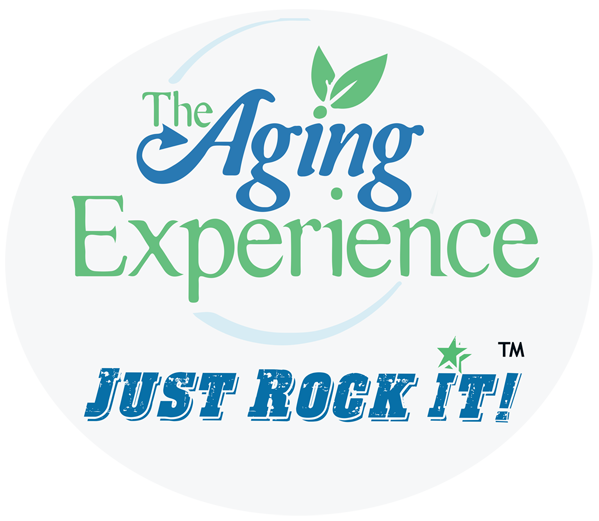Age Wave, a research and consulting company focused on the lives and needs of the age 50+ population, launched a new study sponsored by Vi an operator of ten continuing care communities (CCRCs). This report was developed to better understand how older adults decide to move to a CCRC, and their priorities, hopes, concerns, and questions during the decision-making process. It concluded that here are prevailing myths and misperceptions about CCRCs which do not match todayäó»s realities, and which can sometimes complicate or mislead decision-making.
Myth 1
äóìMy current home will be the best possible place to live in my post-retirement years.äó
Response from Ken Dychtwald, CEO Age Wave & David Baxter, SVP Age Wave: the ideal home evolves throughout our lifetime, so the best home for your next stage of life should be one that provides more freedom, more convenience, better care, and less worry. Is your current home the best äóìfitäó for the years ahead? The reality is that, throughout your life, you have chosen different types of homes to meet your evolving lifestyle. From your parentsäó» home, to college dormitories, to smaller apartments during your singlehood, to larger homes when raising your family, you have repeatedly moved to new homes that provide the best communities, living space, lifestyle, and amenities for each stage of your life.
So what makes it so difficult for many people to move from their current home?
Some people are concerned that their lifestyle will be limited by rules and restrictions when moving into a CCRC. Yet residents interviewed consistently spoke of having greater independence and freedom because they are relieved of the burden and headache of household tasks and obligations, and have more free time for what they really like and want to do.
Myth 2
äóìMy current home is the best option to continue an active social life and to stay connected with friends in the years ahead.äó
Response: Remaining in your home can result in growing isolation and loneliness in later life. CCRCs offer opportunities to build new relationships and social connections with like-minded people. Social connections can help you live a longer, happier, and healthier life.
Myth 3
äóìItäó»s less expensive and more financially secure for me to stay in my current home.äó
Response: Even though your mortgage may be paid off, monthly expenses to maintain your home and your lifestyle are higher than you realize and less predictable as your home ages or you are less able to physically manage the home. When combined with potential care costs, living in your current home may end up being the most expensive option.
Myth 4
äóìIt would be easy to get any care I might need at home.äó
Response: Care at home can be difficult and costly, while continuing care retirement communities offer a seamless solution for most care needs that may arise in later life.
Myth 5
äóìCCRCs are filled with old people who are sick and dying.äó
Response: Many people choose CCRCs to pursue opportunities for new learning, new activities, and a äóìnew chapter in life.äó A final resting place? For some, the thought of visiting a CCRC conjures up images of sickness, decline, and dying. They resist moving to a CCRC because they view it as their äóìfinal resting placeäó or äóìexit strategy.äó They put off the decision to move as long as possible. They think that someday they may consider moving, but today, they say, äóìIäó»m not quite ready.äó Yet, one resident described her life like äóìa cruise ship that never leaves home.äó
If you are a CCRC provider this a good report for you to use in your sales and marketing. But I do need to weigh in. CCRCs are not for everyone and most people cannot afford them, plain and simple. And this study was sponsored by an operator of CCRCs. So take it for what it is. I do not disagree with the selling points at all but there is a have/have not situation here and with a continued push for aging in place and a worsening economy, CCRCs do have their challenges ahead.
REPRINTED FROM MY ABOUT.COM BLOG
